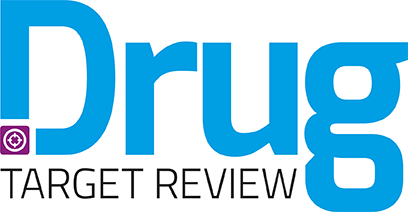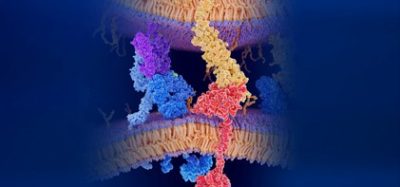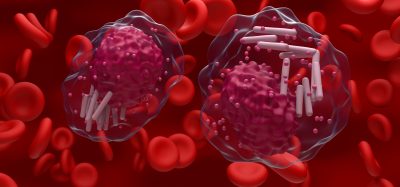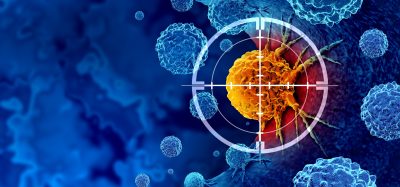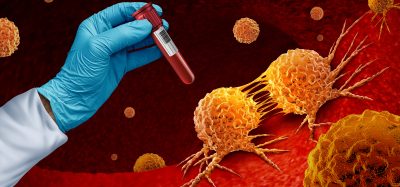New enzyme discovery could boost cancer immunotherapy
Posted: 20 February 2025 | Tony Portelli - Advisory Editor | No comments yet
A new discovery from the University of Geneva highlights the crucial role of the CH25H enzyme, which is found in cancerous lymphatic cells. This enzyme plays a key part in activating immune cells, opening up a promising pathway for improving the success of cancer immunotherapies.
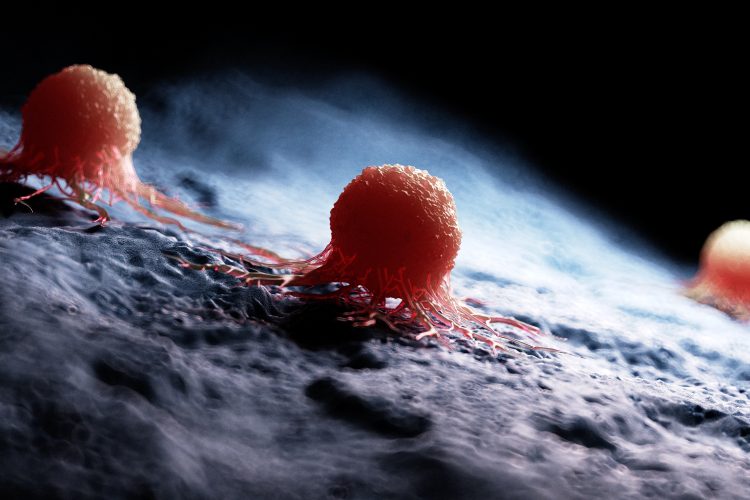

Scientists at the University of Geneva (UNIGE) have made a significant discovery about how the immune system can be better equipped to fight tumours. Their research, published in Nature Communications, has identified an enzyme in cancerous lymphatic cells that plays a crucial role in supporting immune cell activity, particularly when triggered by anti-tumour treatments. This breakthrough could facilitate the development of more effective immunotherapies.
The complex role of lymphatic vessels
The development of lymphatic vessels, known as lymphangiogenesis, within the tumour stroma (the tissue surrounding a tumour) is often associated with a poor prognosis. This is because it can promote the spread of cancer to other parts of the body. However, the role of these vessels is more complex than initially thought. “While it is true that lymphatic vessels promote metastasis, they are also essential for transporting immune cells and activating the anti-tumour immune response,” says Stéphanie Hugues, professor in the Department of Pathology and Immunology and at the Geneva Centre for Inflammation Research, UNIGE Faculty of Medicine, who led the research. “Their role is therefore more complex than we imagined, which is why we wanted to understand how the cells that make them up respond to the tumour microenvironment in order to influence the immune response.”
An enzyme that undermines tumour defences
The UNIGE team studied the gene expression of lymphatic endothelial cells (the cells that form the walls of lymphatic vessels) in both melanoma and healthy mouse skin. They found that an enzyme called CH25H was over-expressed in the lymphatic endothelial cells associated with tumours. This finding was confirmed in human samples: the more lymphatic vessels present in melanomas, the higher the over-expression of this enzyme. “What’s more, patients with high levels of this enzyme had a better prognosis, an effect that was even more pronounced in those treated with a particular type of immunotherapy, the immune checkpoint inhibitors,” explains Hugues.
This enzyme converts cholesterol into 25-hydroxycholesterol, a cholesterol metabolite that is important for antiviral immunity. In melanoma, it appears to also impact the immune system, potentially by disrupting the tumour’s defence mechanisms. The tumour microenvironment naturally produces factors that inhibit immune cell activation. However, 25-hydroxycholesterol counteracts this inhibition, allowing for better activation of anti-tumour immunity.
A potential biomarker for immunotherapy success
When the research team deleted this enzyme in mouse lymphatic endothelial cells, they observed a significant decrease in 25-hydroxycholesterol levels in the melanoma tumours. This was followed by a suppression of immune activity, resulting in a less effective fight against the disease. Conversely, mice vaccinated with tumour antigens showed a marked increase in CH25H enzyme expression and 25-hydroxycholesterol production, leading to improved immune cell activation. This aligns with clinical observations: in patients receiving immunotherapy, the expression level of this enzyme can indicate the likelihood of successful treatment. “Our discovery could therefore provide a biomarker for predicting the success of immunotherapy, enabling treatments to be adjusted according to the specific characteristics of each patient,” adds Hugues.
Our discovery could therefore provide a biomarker for predicting the success of immunotherapy, enabling treatments to be adjusted according to the specific characteristics of each patient.
Lymphatic vessels have traditionally been seen as simple transport pathways. “Our work clearly shows the much more complex role of the cells that make them up. Highly malleable, they respond to the tumour microenvironment and to modulations by the immune system. The stroma is therefore not just a scaffold for the tumour but constitutes a highly complex microworld with both beneficial and pathological roles. We therefore recommend not targeting lymphangiogenesis as a whole but modulating specific functions to fight the disease more effectively,” the authors conclude.
Related topics
Biomarkers, Cancer research, Enzymes, Immuno-oncology, Immuno-oncology therapeutics, Immunotherapy
Related organisations
University of Geneva (UNIGE)
Related people
Stéphanie Hugues
